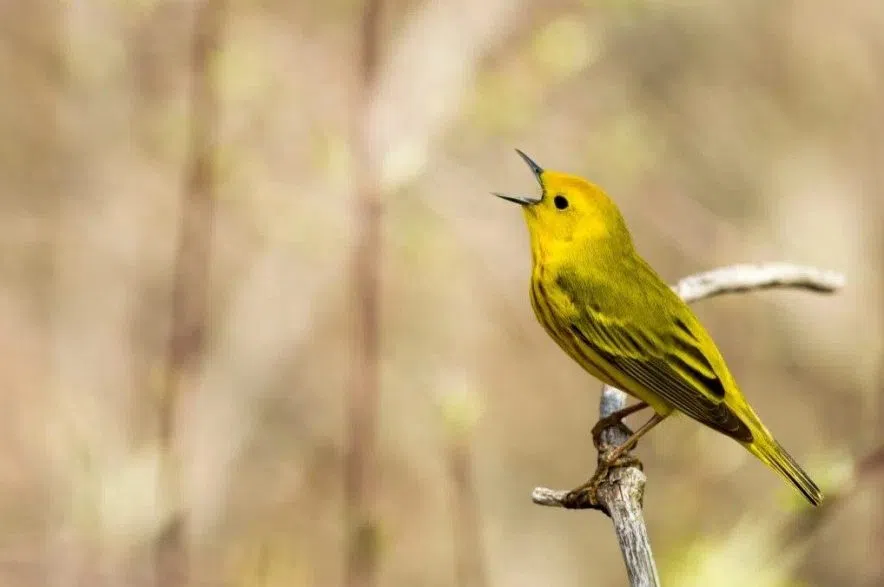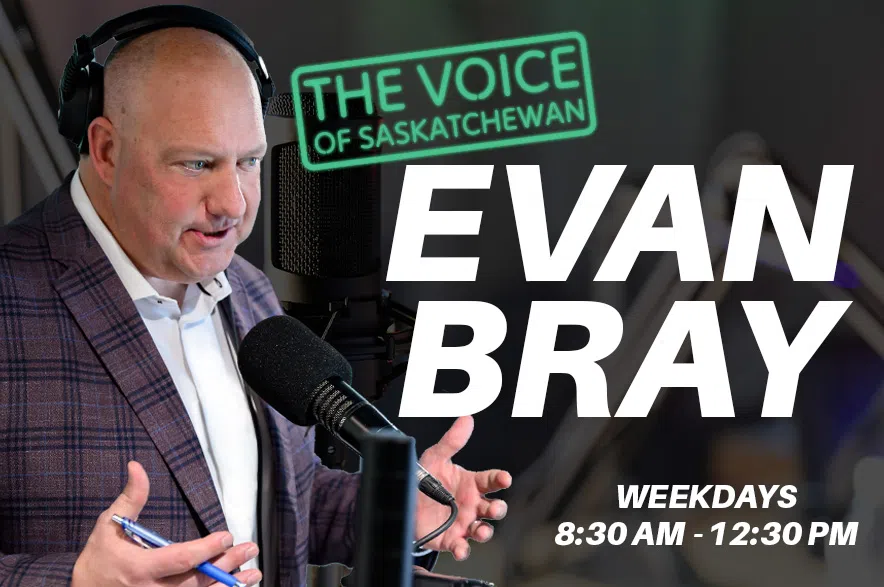For one researcher in Saskatoon, caring for the birds she studies is a top priority.
She cares so much, she doesn’t just call them “birds,” but rather her friends.
Dr. Catie Ivy is an assistant professor of biology at the USask College of Arts and Science.
She is leading the research project, which examines the physiological effects of wildfire smoke on songbirds.
“The major question is, what does wildfire smoke mean for songbirds? And for the migratory birds, what does it mean for their ability to migrate?” she said.
Read more:
- ‘No evidence’ of fires forcing wildlife closer to cities: Sask. Wildlife Federation
- Don’t interfere with baby wildlife, Sask. Government urges
- Regina urban wildlife research reveals 143 bird species and 15 mammals
The team will explore the effects of wildfire smoke on birds in a handful of ways, like examining individual birds. The team will compare how smoke-exposed animals are physically affected compared to non-smoke-exposed animals.
Another method will include tracking migrating birds to see if their travel patterns are impacted by the smoke.
“There are a lot of things happening for birds between being a couch potato in the non-migratory season and becoming essentially an endurance athlete. What we’re really interested in is how wildfire smoke is going to interact with those changes,” Ivy said.
“Another way of looking at it is, if I were to all of a sudden start smoking, would I still be able to run the marathon?”
The 2024 wildfire season isn’t even over, but it’s been extremely difficult, with the province facing 367 as of July 12. The five-year average to date is 242.
Ivy’s research acknowledges that recent wildfire seasons across the country have been some of the worst on record.
She claims there is more “anecdotal” evidence regarding birds being affected by wildfire smoke, but not much scientific research to back it.
The study aims to identify the overall effects of long-term smoke inhalation on birds.
Ivy said a single large wildfire event might not cause serious smoke-related issues for birds, but repeated events and exposure are when problems may arise.
According to Ivy, it could impact how birds are able to migrate, which could later impact bird populations if young birds aren’t able to make the trip.











